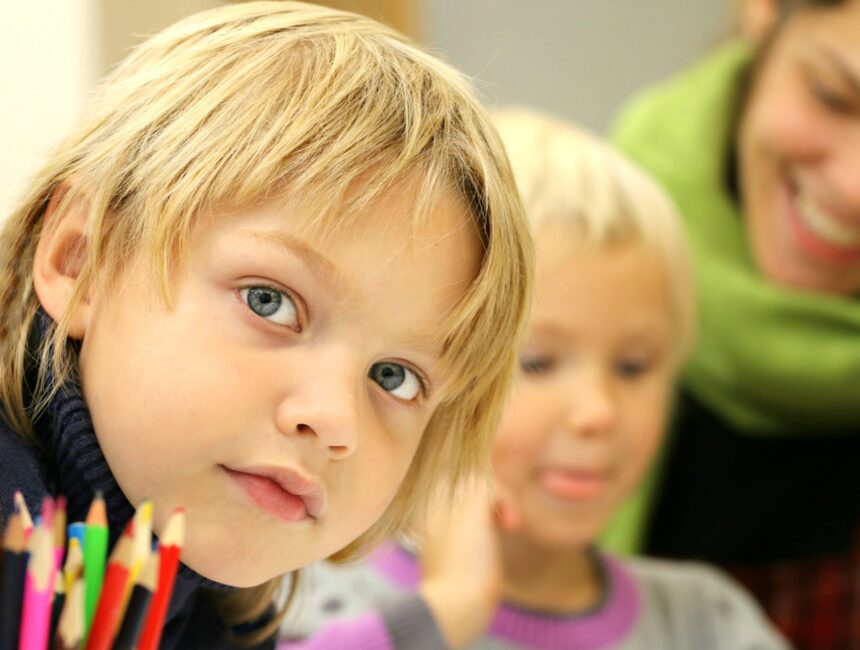What can the healthcare community do to address mental health problems in America’s schools? After the infamous Parkland shooting, in which a student murdered 17 people, Donald Trump tweeted, “So many signs that the Florida shooter was mentally disturbed, even expelled from school for bad and erratic behavior. Neighbors and classmates knew he was a big problem. Must always report such instances to authorities, again and again!”
Trump implied that “authorities” must take responsibility for students who are “mentally disturbed,” but fell short of offering any actionable steps to authorities. How can we tell whether a child is just misbehaving or mentally ill? Are we supposed to lock mentally ill students up? Are there better, more advanced options than medicating students and sending them to juvenile detention centers? Given the fact that we’ve seen 22 school shootings in 2018 alone so far, why isn’t there a stronger focus on mental health in schools?
If the root of the problem is poor mental health, then our society needs an entire paradigm shift to achieve stability. Until that happens, the solution starts with professionals and technology.
Can More Mental Health Professionals Help?
By examining a number of studies, Dr. Jean Twenge concluded that “anxiety and depression are markedly higher than they were in earlier eras.” In fact, according to Twenge, a nationally representative study of high school seniors showed that this is a high-water decade for depression. More students now suffer from the psychosomatic symptoms of depression, such as trouble sleeping and concentrating, than ever before.
Since that’s the case, and if mental illness is the primary culprit behind school shootings, it would seem we need more mental health professionals to address the issue. Social workers are one type of professional on the frontlines in schools. According to Regis University, “Bullying, aggression in school, or repeated absences are among the triggers that can cause social workers to intervene.” Social workers also help guide kids with mental health diagnoses to find the resources they need, whether the resources are after-school programs, additional levels of care, or coping skills.
In Texas, where the most recent school shooting rocked Santa Fe High School, Lara Hulin is a school social worker tasked with helping some 3,500 students. This leaves her ill-equipped to provide the kind of help a social worker can provide. Furthermore, the American School Counselor Association recommends that schools provide one school counselor for every 250 kids per school, yet in Texas, the average number of students per counselor is 450.
In Texas and in schools across America, additional school counselors and social workers can help identify warning signs and help troubled kids find help. But before we move forward, we need to dispel a pervasive, harmful myth (that Trump helped perpetuate): mental illness is not the primary culprit for the majority of mass shootings. Seriously mentally ill people perpetrate less than one percent of gun-related homicides each year, and overall, people diagnosed with serious mental illness are only responsible for about 3 percent of violent crimes.
The Role of Mental Health Professionals in Schools
About 5 years ago, I became a Certified Psychosocial Rehabilitation Practitioner (CPRP). I worked in schools with children who had mental health diagnoses. Oftentimes, I found myself noting something: besides the individual kids I worked with — kids who were already in the mental health system, going to counseling, and receiving community-based services — other kids in schools rarely, if ever, talked to the school counselor about their outbursts.
Rather, schools resort to punitive measures. If a kid was acting up, schools deem the kid a “problem-child” and opt for punishment. Coming from the perspective of a professional who watched this happening, I feel that school social workers and counselors should be the first responders when bullies lash out, when it’s clear that a child is ostracized from the group, and when a child exhibits signs of depression.
We need more school social workers and counselors to work with kids who have not been diagnosed with a mental illness. Even if the apparently sane child doesn’t end up shooting up a school, a child’s toxic presence in the school can create the type of conditions that push a potential mass shooter over the edge. School counselors and social workers can be preventative personnel who help the school body maintain sanity.
The problem is mental health professionals are not always readily available. Since that’s the case, we need to harness technology solutions and make them readily available to all children in an effort to promote mental health before problems arise.
Technology’s Emerging Role
It may seem like smartphones are driving people further away from each other. But they’re here to stay for the foreseeable future, and today’s children are uniquely prepared to use technology to promote mental health. If there are any possible benefits, let’s take advantage of them.
HealthyWay’s Sian Ferguson reports on multiple studies that show online therapy is effective for treating depression, anxiety, as well as PTSD, and it can be just as effective as regular therapy. There are also chatbots like Woebot, a free tool created by scientists at Stanford University. “Woebot tracks the user’s mood, helps the user to find potentially harmful patterns in their behavior, and offers tools and strategies to help the user improve their mood and work through their struggles,” Ferguson says. A trial of Woebot showed it was indeed effective at helping users reduce their depression and anxiety.
Researchers at The National Center for Telehealth & Technology point out that smartphones provide “new opportunities for telebehavioral health that is low cost, flexible, and mobile, especially in rural and underserved areas where clinical services are not readily available.” They provide a large list of telebehavioral health apps, including Behavior Tracking Pro, which tracks and graphs behaviors, and Life Skills Winner Pro, which teaches life and social skills.
Schools can and should use telebehavioral health tools and chatbots alongside interventions from teachers and mental health professionals. With a lack of action on gun control, and given the fact that lives are at stake, no one will blame schools for becoming hypervigilant and proactive in this regard.






